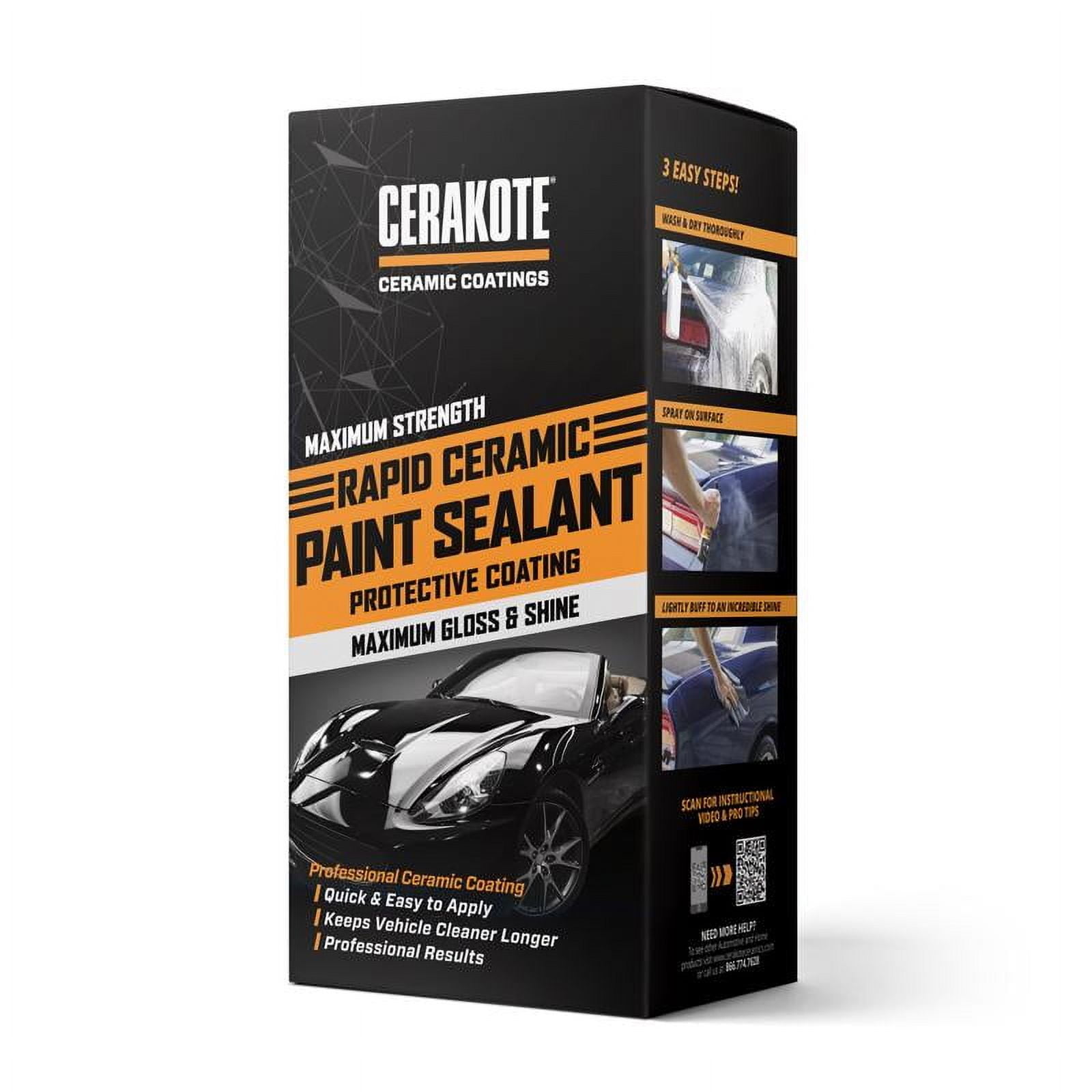Transform Your Lorry's Appearance with Ceramic Coating Philadelphia Professionals
Transform Your Lorry's Appearance with Ceramic Coating Philadelphia Professionals
Blog Article
Why Ceramic Coating Is the Ultimate Service for a Remarkable Finish
Ceramic finishing has actually become a leading service for those looking for a remarkable coating for their lorries, thanks to its exceptional longevity and safety functions. This sophisticated fluid polymer not just bonds perfectly with factory paint but also offers a powerful barrier versus common risks such as scrapes, UV rays, and ecological contaminants. Moreover, its hydrophobic homes simplify upkeep while improving aesthetic allure. However, recognizing exactly how this modern technology compares to traditional methods and exploring its application nuances can expose much more concerning its worth. What variables truly established ceramic covering apart?
What Is Ceramic Coating?

When used correctly, ceramic finish produces a hydrophobic surface area that fends off water and dirt, making it less complicated to clean up and keep. Unlike conventional waxes or sealants, which typically use short-lived security, ceramic coatings can last for several years, relying on the product high quality and application method. The process of applying ceramic layer requires precise prep work, consisting of detailed cleaning and occasionally paint modification, to guarantee optimum bonding and effectiveness.
Ceramic coverings are not limited to automobile surfaces; they can also be made use of on different products, including glass, steel, and plastics, offering a flexible remedy for boosting protection. Generally, ceramic layer stands for a substantial innovation in surface protection innovation, incorporating both functional and aesthetic benefits for a large array of applications.
Benefits of Ceramic Finish
While numerous surface area protection options exist, the benefits of ceramic finishing stick out because of its distinct residential or commercial properties and long-lasting efficiency. Among the main benefits is its phenomenal sturdiness. Ceramic Coating Philadelphia. Unlike conventional wax or sealers that need frequent reapplication, ceramic finishes offer a resistant layer that can last for numerous years, substantially lowering maintenance efforts
Another significant benefit is boosted defense versus environmental pollutants. Ceramic finishes produce a hydrophobic surface that pushes back water, dust, and different pollutants, making it much easier to clean. This function not only protects the car's look however likewise reduces the danger of rust and oxidation, particularly in rough weather condition conditions.
Furthermore, ceramic finishes provide remarkable resistance to UV rays, protecting against fading and degradation of paint in time. This UV protection is crucial for preserving the aesthetic worth of surface areas and vehicles exposed to guide sunshine.
In addition, the shiny surface attained with ceramic finishing boosts the overall visual charm, providing surfaces a showroom-quality luster. Overall, ceramic finishings stand for a substantial development in surface area defense innovation, providing long-lasting advantages that satisfy both visual and practical demands.
How It Works
Recognizing the science behind ceramic coverings discloses just how they supply such impressive security and durability. At its core, a ceramic coating is a liquid polymer that chemically bonds with the car's factory paint.
The application process involves multiple actions, consisting of surface area preparation, which is vital to accomplishing optimal attachment. As soon as used, the layer Source undergoes a healing process, during which it solidifies and creates a semi-permanent bond with the paint surface area. This bond is what differentiates ceramic finishings from traditional waxes and sealants, giving a longer-lasting safety barrier that can withstand for many years.
Additionally, the density of the layer can boost its safety high qualities, guaranteeing that it can stand up to severe problems. Ultimately, the science of ceramic layers incorporates innovative products with ingenious application techniques to deliver an unrivaled degree of security and aesthetic improvement for automobiles.
Comparison With Standard Techniques
When compared to conventional paint defense techniques such as waxes and sealants,The advantages of ceramic coatings end up being specifically noticeable. While waxes supply a momentary sparkle, generally lasting a few weeks to a pair of Discover More Here months, ceramic finishes give a durable protective layer that can sustain for numerous years. This longevity considerably lowers the regularity of reapplication, making ceramic finishings a more cost-efficient service over time.
Additionally, typical methods frequently require comprehensive prep work and multiple applications to attain a sufficient level of security. On the other hand, ceramic layers bond at a molecular degree with the vehicle's surface, producing click to find out more a robust shield against environmental pollutants like UV rays, acid rain, and roadway salts. This bond improves the lorry's resistance to scratches and swirl marks, which are prevalent with conventional waxes and sealers.
Furthermore, the hydrophobic properties of ceramic coatings push back water and dirt, causing much easier cleaning and upkeep. On the other hand, wax and sealant-treated surface areas can draw in gunk, necessitating more frequent washing - Ceramic Coating Philadelphia. On the whole, ceramic coverings not only supply premium defense but also supply a more long-lasting and visually attractive coating, developing them as the favored selection for critical car proprietors
Application and Upkeep Tips

Making use of a foam applicator, apply the covering in little areas, following the supplier's standards regarding thickness and overlap. Enable enough treating time between coats, generally 24 hr, to ensure correct bonding. After application, it is important to avoid exposure to water or rough aspects for a minimum of a week to permit the finish to fully treat.
In addition, using a ceramic upkeep spray can improve the finish's hydrophobic properties and durability. Regular evaluations for any type of signs of wear will certainly aid maintain the layer's honesty and protect that excellent finish.
Final Thought
In conclusion, ceramic covering arises as a remarkable choice for accomplishing a remarkable vehicle finish. By developing a robust bond with manufacturing facility paint, ceramic finish efficiently shields against scratches, UV rays, and ecological pollutants.

Report this page